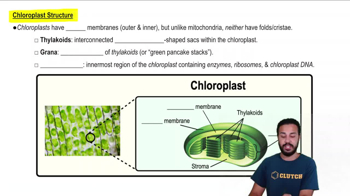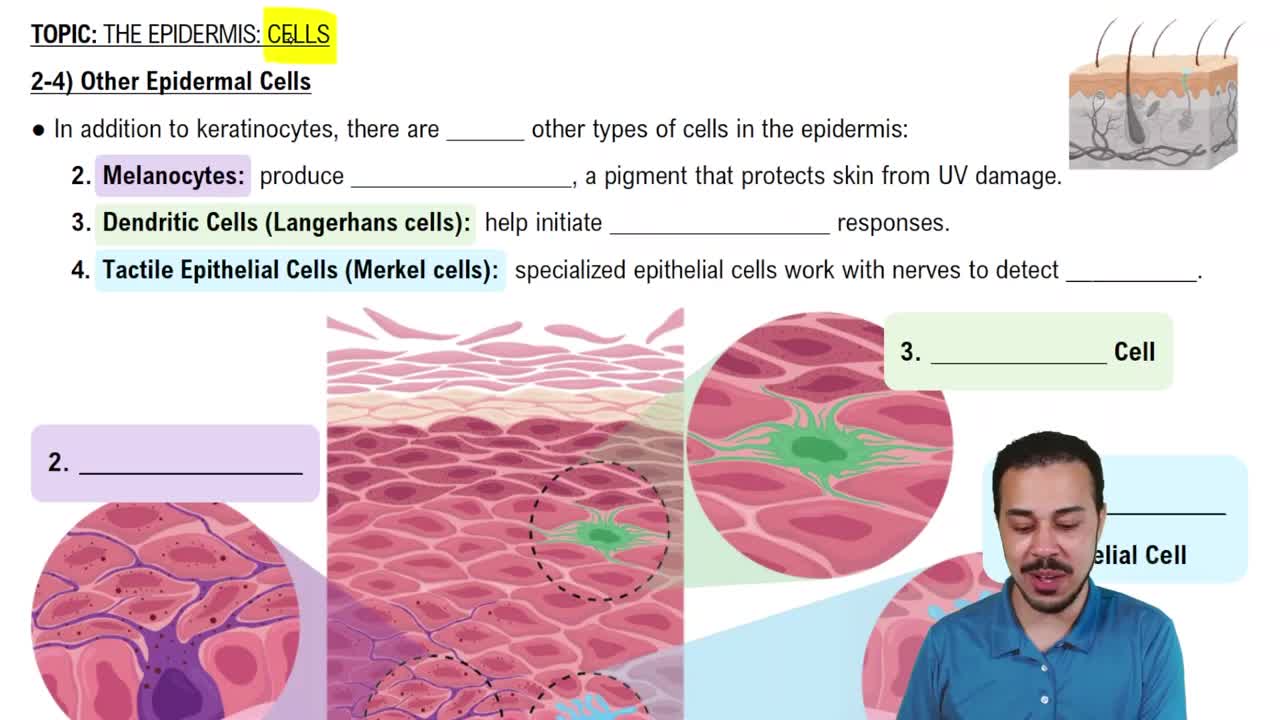Mark the following statements as true or false. If a statement is false, correct it to make a true statement.
The semicircular ducts are connected to the utricle, and the cochlear duct is continuous with the saccule.
 Verified step by step guidance
Verified step by step guidance Verified video answer for a similar problem:
Verified video answer for a similar problem:

